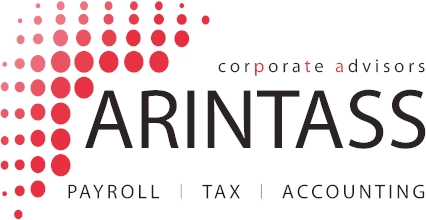The depreciation of an asset is the loss in value of an asset due to its use and allows us to determine the net value of an item, as well as to distribute the cost it generates during its useful life. Depreciation is set out in Article 12 of the Corporate Income Tax Act (LIS) and in Articles 3 – 7 of the Corporate Income Tax Regulations (RIS).
The General Accounting Plan allows these depreciations to be included in the company’s deductible expenses when they correspond to the effective depreciation suffered by the different items of tangible fixed assets, intangible assets or investment property due to operation, use, enjoyment or obsolescence.
However, the Tax Agency establishes limits depending on the type of taxpayer – whether you are a company or individual in direct, normal, simplified direct or objective assessment – and on the type of asset item.
Depreciation methods
To calculate depreciation, the acquisition price of the asset, its useful life and the residual value at the end of the depreciation period must be taken into account. There are different methods, depending on the depreciation process we want to obtain:
Straight-line depreciation method
It is the most common. It consists of amortizing the assets through a series of constant installments. The expense recorded annually for depreciation will be the same every year and is calculated based on the years of useful life of the asset according to the straight-line depreciation tables.
Constant percentage system on the value pending amortization
With this method, a fixed percentage is applied to the value that is pending amortization, which is smaller each year, which generates a decreasing amortization rate. Depending on the asset whose value the company wants to amortize for tax purposes, the linear amortization coefficient is multiplied by one of these three, as appropriate:
- 1.5 if the repayment period is less than 5 years;
- 2 if it is equal to or greater than 5 and less than 8;
- 2.5 if it is equal to or greater than 8 years.
This percentage can never exceed 11%.
Digit number system
It consists of assigning to each of the periods in which the useful life of the asset is divided a digit belonging to the series of natural numbers (1, 2, 3… n), in a corresponding increasing or decreasing way. Next, the sum of these digit numbers corresponding to the chosen period is calculated and the amortization base is divided by said sum, determining the installment per digit. Finally, multiplying the installment per digit by the corresponding numerical value in each period, the annual repayment installment is obtained. The Treasury does not allow this method of amortization to be used for buildings, furniture and fixtures.
Plan formulated by the taxpayer and accepted by the Administration (art. 7 RIS)
The Administration may request from the taxpayer data, reports, antecedents and other supporting documents that it deems necessary.
Freedom of depreciation
This is the power granted by the Tax Agency to companies to decide on the rate of depreciation of their assets independently of the official depreciation coefficients. This freedom to depreciate is subject to job creation, the amount to be depreciated and the type of fixed assets.

